

Engage prospects with a scan and streamline customer engagement with FREE QR code marketing tools by Sona – no strings attached!
Create a Free QR CodeFree consultation

No commitment

Engage prospects with a scan and streamline customer engagement with FREE QR code marketing tools by Sona – no strings attached!
Create a Free QR CodeFree consultation

No commitment
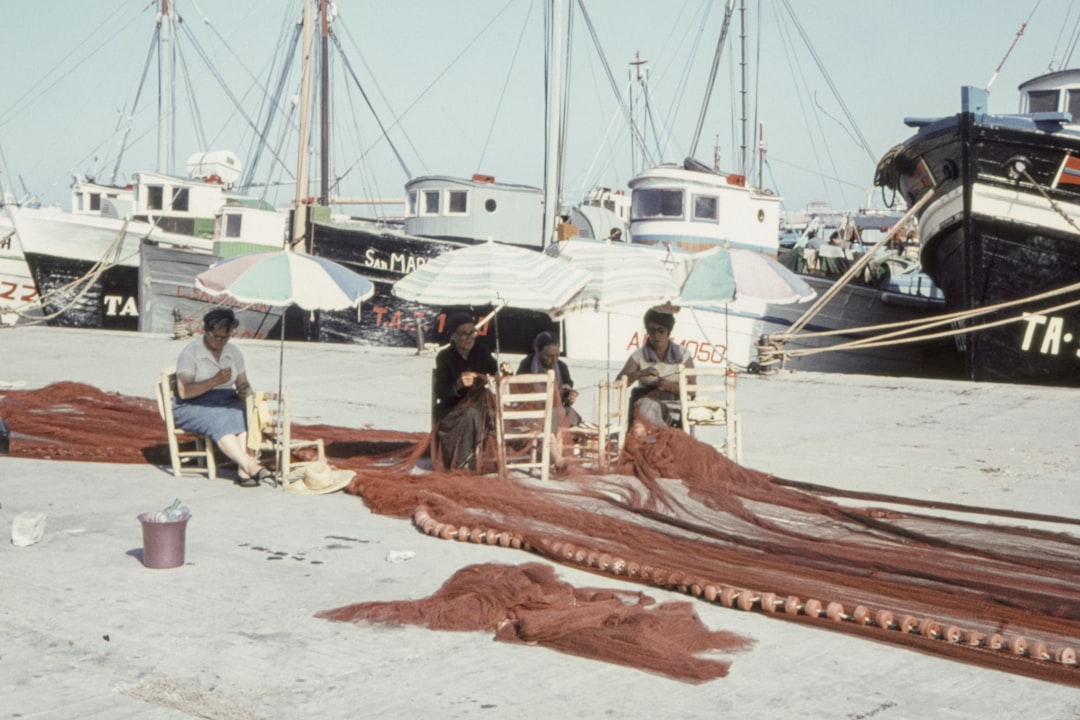
Boat repair shops routinely deal with foot traffic and walk-in inquiries, yet many of these high-intent visitors go untracked. QR codes in marketing bridge the gap between physical touchpoints and digital outcomes, making it easier to drive bookings, provide information, and capture leads before they slip away. By placing scannable codes on signage, brochures, invoices, and work orders, you give boat owners an immediate path to take action, whether that is to book a repair, confirm a quote, register a warranty, or request post-service support.
This approach replaces outdated analog processes that slow down service and obscure demand. Paper sign-in sheets can be replaced with scan-to-check-in flows that feed your CRM automatically with the Sona QR product overview. Printed service menus can point to live pricing or seasonal offers. Manual warranty forms can become guided digital journeys that reduce errors and ensure every registration is captured with contact details.
Steps to execute:
Example: A QR code on a dockside sign can replace manual sign-in sheets for new customers. Scanners land on a short mobile form that collects boat type, issue category, and contact information, then suggests the next available appointment. QR-enabled invoices streamline warranty claims by linking to part registration forms and video instructions, while scan data feeds your CRM and flags customers likely to need seasonal maintenance, enabling upsell and cross-sell opportunities, as shown in marine maintenance QR.
Many boat repair shops struggle to convert passing foot traffic, existing service customers, or event visitors into actionable digital leads. Without insight into who is engaging with your brand, high-value prospects remain unidentified and unpursued. QR codes turn anonymous attention into tracked engagement and measurable outcomes across your most common touchpoints, enabling better offline attribution.
They also reduce friction for busy boat owners. Instead of waiting on hold or filling out paper forms, customers can scan and complete a task in seconds. That convenience improves satisfaction while giving your team better visibility into demand, service timelines, and purchase intent, as shown in this 900 signups case study.
Example: Embedding QR codes on printed estimates lets customers explore parts availability, warranty coverage, and financing options with one scan. You capture who engaged and what they viewed, then re-engage those prospects with reminders or limited-time promotions on premium services.
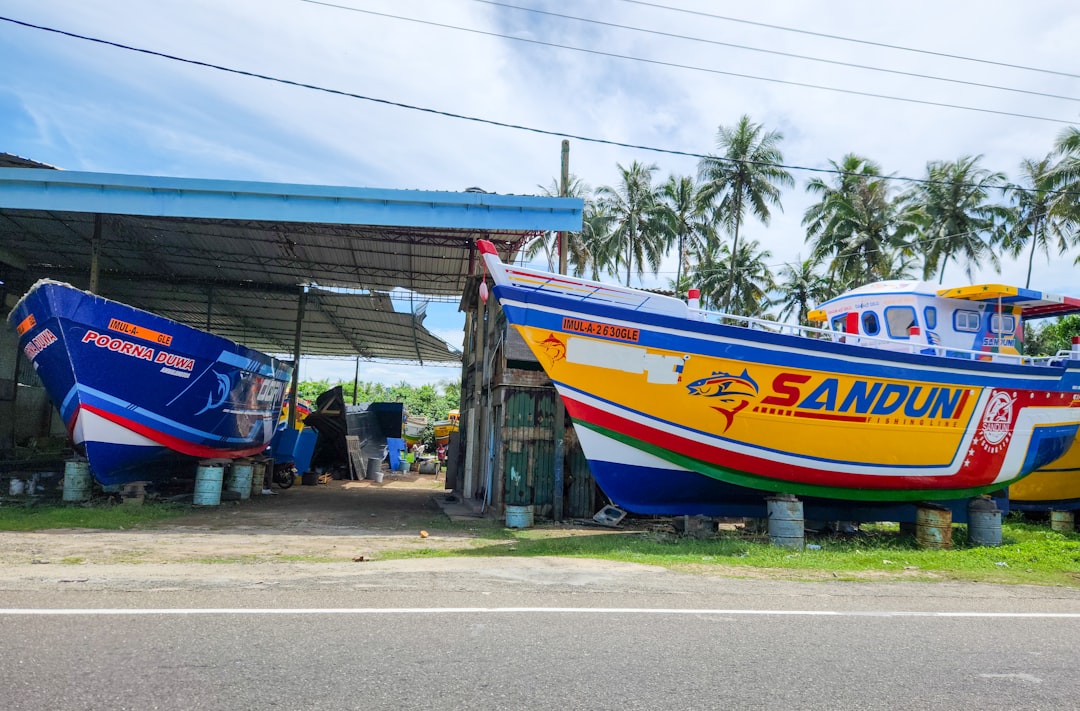
Selecting the right QR format aligns scanner intent with the fastest possible action. Boat repair shops benefit most from formats that remove friction in scheduling, communication, and post-service support.
Dynamic QR codes are especially powerful for boat repair. Use them when you need the ability to swap destinations seasonally, personalize content by event or location, or track performance across multiple placements. Static codes are appropriate for long-lived, unchanging resources such as a customer service phone number or a permanent FAQ page. For everything else, default to dynamic to preserve flexibility and analytics, as marine teams use them to speed up boat rentals.
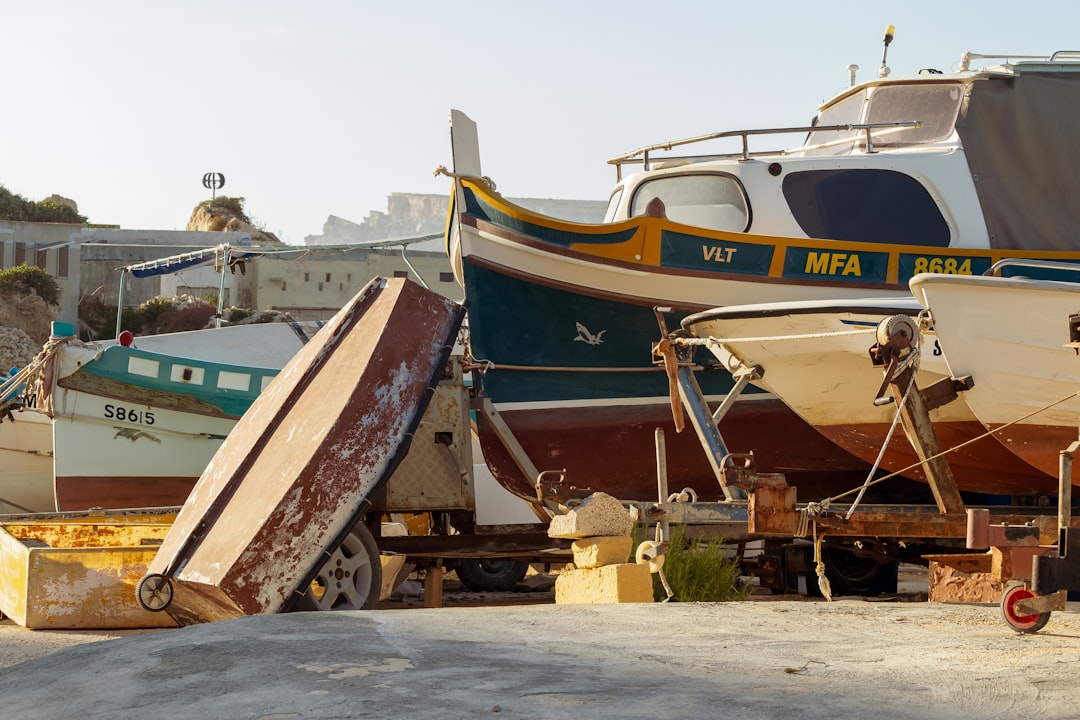
Growth in a boat repair shop hinges on turning real-world attention into scheduled work and long-term customer relationships. The best opportunities are where intent is already high and your physical presence is strong. QR codes convert those moments into measurable action.
Start by auditing every surface a boat owner sees during the repair lifecycle: your yard entrance, slips and docks, waiting areas, counter displays, job estimates, and receipts. Each of these can become a doorway to booking, information, or feedback. Simple changes like adding a bold CTA near a scannable code can increase response rates without adding headcount.
Strategic placement across these opportunities reduces wasted impressions and increases qualified engagement. Each scan builds your dataset, reveals what messaging resonates, and guides budget allocation toward the placements and offers that move the needle.
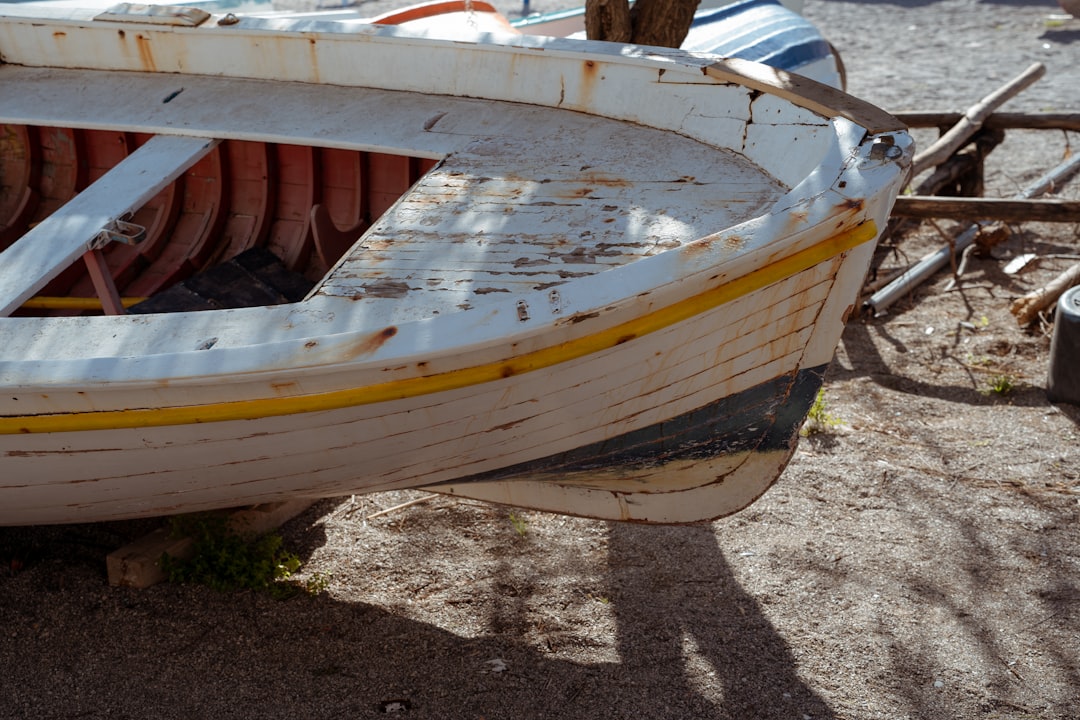
QR codes should map to high-frequency interactions in your shop, then drive a fast next step. Focus on use cases that streamline operations and create data you can act on. Start with the essentials below, then expand into more specialized deployments as you see performance.
Each use case addresses common obstacles such as missed prospects, paperwork errors, and limited visibility into customer sentiment. Combined, they support an automated feedback loop that nurtures loyalty and creates targeted remarketing opportunities.
Every QR scan captures valuable context: what a customer wanted, where they were, and when they engaged. That context can fuel segmented audiences for retargeting, enabling precise messaging that matches intent. For boat repair shops, the most effective segmentation reflects the service lifecycle and seasonal needs.
Start by assigning unique codes to key touchpoints across awareness, consideration, and conversion stages. A dock banner scan suggests a first-time visitor, while an invoice scan indicates a current customer who may be open to a review request or upsell. When you sync these signals to your CRM, you are able to trigger automations tailored to lifecycle stage and service interest.
This process turns once-anonymous visits into targeted opportunities. Over time, you will build a robust profile of each customer’s interests and timing, improving your ability to forecast demand, prioritize outreach, and close more work at higher margins, as seen in Sona’s intent data guide.
QR codes unify your physical presence with your digital marketing engine. They make printed assets measurable, events actionable, and in-shop interactions trackable. The result is a connected customer experience that moves boat owners from awareness to conversion with less friction and more data at every step.
Use QR codes to enhance the channels you already rely on, then use performance insights to refine spend. With a centralized management platform, you can update destinations quickly, clone high performers, and share real-time results with your team.
QR codes serve as the offline onramp to your digital campaigns while unlocking a new layer of measurement across channels once considered untrackable. With a platform like Sona QR, you can manage all codes, monitor performance, and sync scan activity to your CRM and ad platforms, keeping your marketing stack aligned with real-world behavior.
Launching a QR-driven program is straightforward when you follow a repeatable framework. The checklist below helps you move from idea to outcomes with clarity, so every code you print has a clear purpose, a measurable metric, and a path to optimization.
Use these steps to orchestrate your first campaign or to standardize how your team deploys codes across the shop, marina, and events. Start small, prove value on one workflow, then scale to more touchpoints as you learn.
Clarify what success looks like and how you will measure it. For example, aim to increase online bookings from dockside signage by 20 percent in six weeks, or to capture 50 post-service reviews per month from receipt scans. Align the goal with a financially meaningful outcome such as growing winterization revenue or improving utilization of technicians during shoulder seasons.
Translate the goal into a simple conversion path that fits the context. A dock banner should drive appointment scheduling, while an invoice should drive estimate approval or feedback. Limit distractions on the destination page to keep the user focused.
Choose dynamic codes for campaigns, events, and seasonal offers. You can change the destination without reprinting, add tracking parameters, and pause or clone codes as needed. This flexibility reduces waste and keeps messaging accurate across weather or stocking changes. Start creating QR codes for free.
Reserve static codes for long-lived resources that rarely change, such as a main contact line or a safety manual. Make dynamic your default for marketing and service workflows where measurement, attribution, and agility matter.
Brand the frame and add a clear value statement near the code. Benefit-focused copy works best: Scan to schedule, Scan for winterization pricing, or Scan to track your repair. Use high-contrast colors and generous white space for scannability, and ensure print resolution is high enough for distance scanning at the dock or gate.
If you include a logo in the code, test thoroughly to confirm error correction is sufficient. Provide a short fallback URL beneath the code in case of poor connectivity, and make sure the landing page is mobile-optimized.
Match placement to intent. Dock signage and yard gates are ideal for new inquiries. Invoices, work orders, and pick-up packets are best for post-service tasks like reviews, warranty registration, and rebooking. For events, use one code per location or per offer so you can compare performance.
Give each placement a unique code with its own label. This allows precise attribution inside your QR platform. Rotate creative and CTAs periodically, keeping the code constant for continuity while you optimize the destination page.
A structured approach for execution and measurement:
Example: An invoice QR can trigger thank-you emails and review requests, then route satisfied customers to public review sites and route unresolved issues to a service manager. Combined with dynamic codes and CRM automation, this creates a continuous improvement loop that lifts reputation and repeat bookings.
Monitor scans by device type, time of day, and location. Track conversion rates for each placement and CTA, then A/B test landing pages, headlines, and form fields. Use UTM parameters so web analytics and ad platforms can attribute results correctly—see Sona’s post on measuring pipeline.
Bring insights back to the floor. If dockside scans spike on weekends, staff up accordingly. If invoice scans convert poorly, adjust the CTA and reduce form friction. Close the loop with leadership by connecting scan activity to pipeline value and closed revenue.
Focusing on actionable insights transforms QR from a novelty to a performance channel. Tracking simple scan counts is a start, but the real value comes from understanding how each scan contributes to bookings, parts sales, and long-term customer value. When you can tie scans to outcomes, you can justify investment, optimize placements, and scale what works.
Use a toolset that captures detailed engagement context and syncs it to your CRM. The more complete your picture of a customer’s journey, the better your targeting and forecasting will be. Sona QR captures scans by time, device, and location, while Sona helps attribute revenue through identity resolution and multi-touch analytics. For strategy around connecting results to dollars, review why revenue attribution matters.
Modern analytics and automation tools ensure that each interaction becomes business intelligence. With Sona QR and Sona.com, you can unify fragmented touchpoints across buying stages, attribute revenue to QR-driven journeys, and adjust campaigns in real time.
Scaling your QR program is about discipline and creativity. Discipline ensures every code has a purpose, a clear CTA, and a way to measure impact. Creativity unlocks new placements and experiences that meet boat owners where they are, from the dock to the waiting room to the boat show aisle.
Start with the tips below and build a playbook that reflects your shop’s best channels and seasonal rhythms. Incorporate training for staff, standard templates for code frames and CTAs, and a simple reporting cadence that keeps everyone aligned.
With robust management tools and consistent execution, scan data can power nurture workflows in real time, surfacing upsell opportunities and shortening the path from interest to revenue.
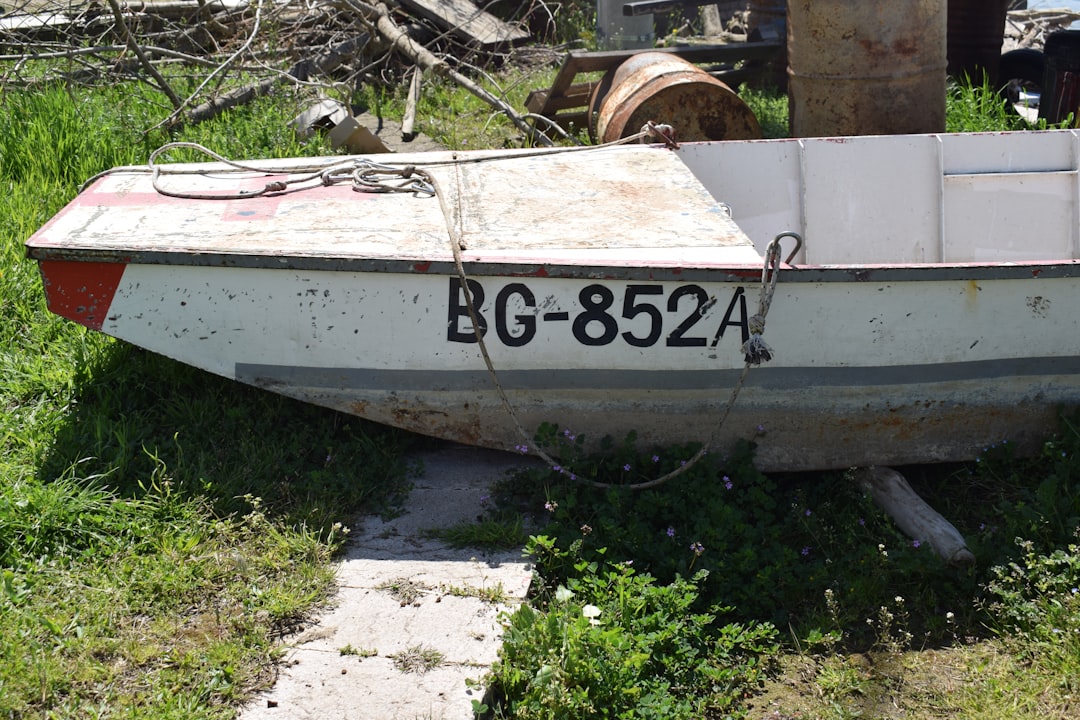
Boat repair shops of all sizes are using QR codes to capture demand and streamline service. The most successful teams choose a small set of high-impact workflows, instrument them thoroughly, then iterate quickly based on performance. The examples below illustrate how simple placements produce outsized results when paired with clear CTAs and strong follow-up, as shown in this Mastercraft interview for inspiration on customer engagement and branding.
Small details matter. Codes that are too small, poorly contrasted, or placed in glare-heavy areas underperform. Conversely, a large code with a bold border and a compelling benefit statement can outperform a static URL by a wide margin.
Tailored QR experiences at key moments convert lost attention into measurable growth. As you expand your program, keep a short list of your top three performing placements and invest in creative testing around those winners.
Results compound when you refine both the creative and the operational details. The best placements are obvious and scannable, the messaging is specific and benefit-driven, and the destination is focused on one action. The most common pitfalls involve static codes that cannot be updated, generic landing pages, and poorly sized or poorly located codes.
Before you print, simulate the scan experience in context. Stand where the customer will stand and test the code at typical distances, angles, and lighting conditions. Pair each code with a concise CTA and a destination that matches intent, then measure relentlessly.
QR codes have become a strategic asset for modern boat repair shops seeking to capture leads, engage visitors, and unify marketing across every surface, from dockside signs to invoices and flyers. By implementing well-placed, trackable QR codes, shops can deliver seamless digital experiences, accelerate conversions, and unlock vital customer insights. Integrating advanced tracking, automation, and CRM solutions like Sona QR and Sona.com ensures every offline interaction nurtures future business, turning missed opportunities into measurable growth.
QR codes have revolutionized boat repair shops by transforming traditional service interactions into seamless, data-driven customer experiences. From simplifying access to repair histories and maintenance tips to enabling instant service bookings, QR codes help shops acquire new customers, enhance satisfaction, and streamline operations—all while capturing valuable insights into customer behavior. Imagine your clients scanning a code to instantly access personalized service updates or promotional offers, driving loyalty and repeat business like never before.
With Sona QR, you can effortlessly create dynamic, trackable QR codes that update in real time—no reprinting needed—and link every scan to measurable outcomes such as increased bookings and service upsells. This empowers your boat repair shop to optimize marketing efforts, improve customer communication, and grow revenue with precision.
Start for free with Sona QR today and turn every scan into a powerful connection that accelerates your boat repair business.
Boat repair shops offer services such as appointment booking, estimate approval and payments, warranty registration, service feedback collection, post-service support, and access to safety and compliance resources using QR code engagement.
QR codes are inexpensive to create and can be printed on almost any asset, providing measurable digital touchpoints that replace outdated analog processes, reduce paperwork errors, and streamline customer interactions, thereby improving cost efficiency.
Boat repair shops should place QR codes on dockside banners, yard gates, front desk signage, invoices, work orders, service receipts, brochures, event booths, and waiting areas to capture different stages of customer intent and increase engagement.
You can scan QR codes placed on dockside banners, yard gates, or front desk signage that link to a mobile-friendly appointment calendar with available slots and service categories, allowing you to book a repair quickly and easily.
Dynamic QR codes allow boat repair shops to update destinations without reprinting, track performance across multiple placements, personalize content by event or location, and maintain accurate seasonal offers or pricing, enhancing flexibility and measurement.
Shops place QR codes on receipts and service checklists that direct customers to quick post-service surveys, routing positive feedback to public review sites and negative feedback to private forms for faster issue resolution and improved reputation.
QR codes on invoices and parts packaging guide customers to digital warranty registration forms with pre-filled details, reducing errors, ensuring complete registrations, and enabling better follow-up support and upsell opportunities.
Shops use platforms that capture scan data such as time, device, location, and conversion rates, syncing this information to CRMs to measure outcomes like bookings and payments, optimize placements, and attribute revenue to specific QR-driven interactions.
Common pitfalls include using static codes for active campaigns, placing codes in glare-heavy or hard-to-scan locations, linking to generic landing pages, using vague CTAs, and failing to test code visibility and scan experience before printing.
Shops assign unique QR codes to different touchpoints to track customer journey stages and service interests, sync scan data to CRMs, segment audiences by behavior and location, and trigger tailored follow-up automations and targeted marketing campaigns.
Use Sona QR's trackable codes to improve customer acquisition and engagement today.
Create Your FREE Trackable QR Code in SecondsJoin results-focused teams combining Sona Platform automation with advanced Google Ads strategies to scale lead generation

Connect your existing CRM

Free Account Enrichment

No setup fees
No commitment required

Free consultation

Get a custom Google Ads roadmap for your business






Launch campaigns that generate qualified leads in 30 days or less.
